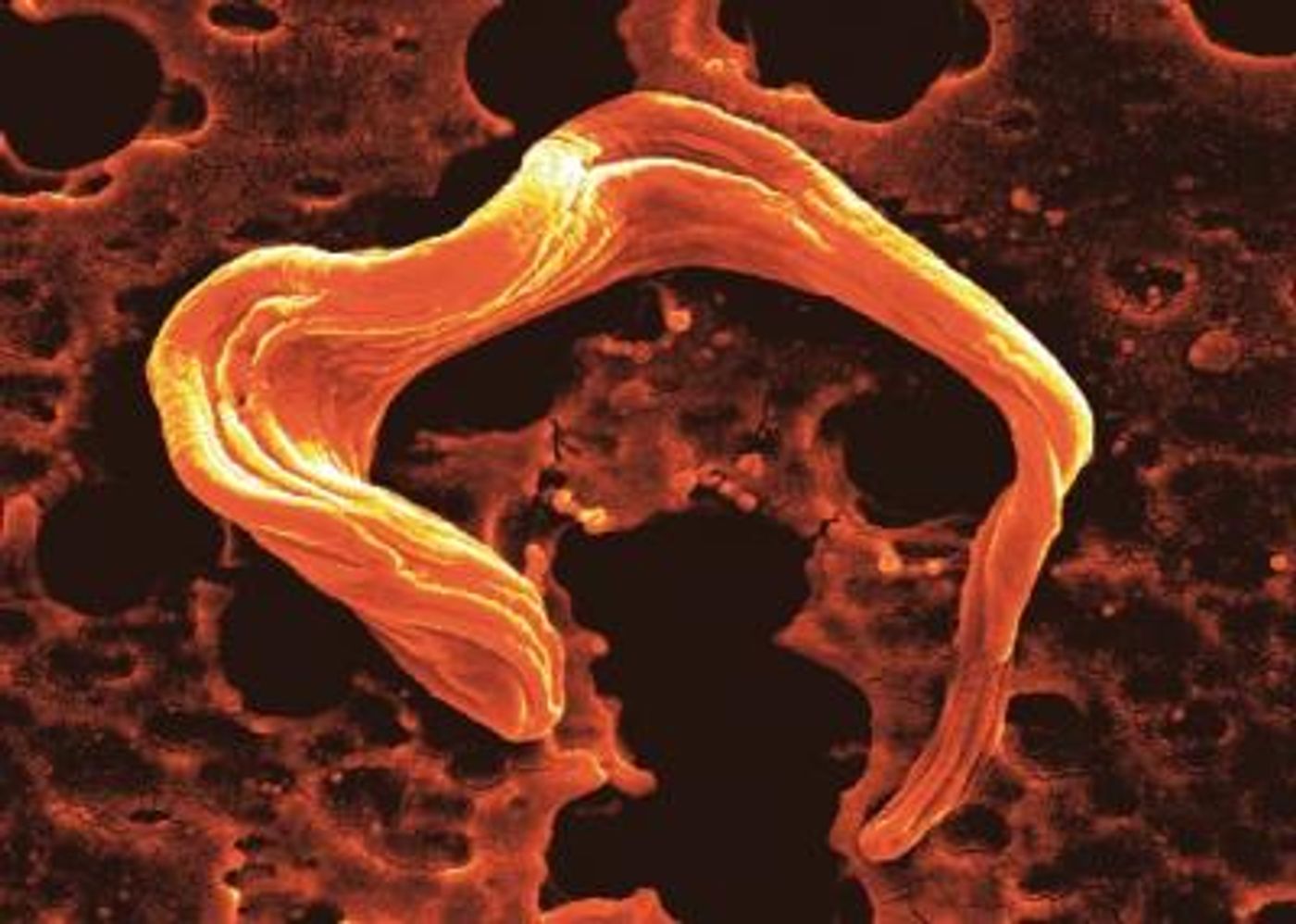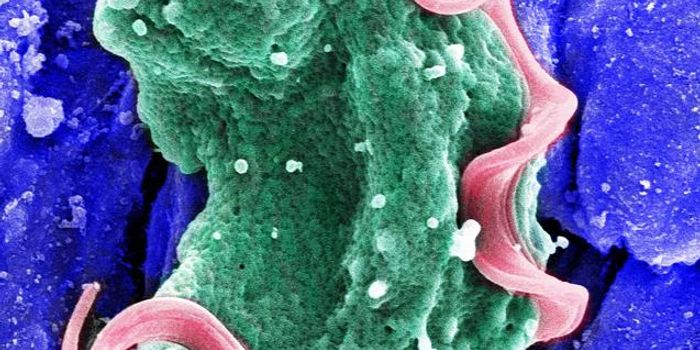Gaining New Insight Into Sleeping Sickness
Sleeping sickness is a threat to public health in some parts of Sub-Saharan Africa. It's caused by two kinds of parasites that are transmitted by some species of tsetse flies. The Trypanosoma brucei gambiense parasite causes the vast majority of cases in western and central Africa while another parasite, Trypanosoma brucei rhodesiense, causes around two percent of cases in eastern and Southern Africa, according to the World Health Organization. The parasites can also infect animals, which act as a reservoir of infection. While many people live in areas where there are tsetse flies, not everyone in those places gets sleeping sickness, for reasons that are still unknown.
When Trypanosoma brucei gambiense infects people, they may not exhibit symptoms. Once the illness starts, however, the disease is usually in an advanced state and the central nervous system is impacted. The Trypanosoma brucei rhodesiense parasite causes an acute infection that develops rapidly and also affects the central nervous system. These diseases can be fatal if left untreated.
Scientists at Lancaster University have now learned more about the illness; their findings have been reported in PLOS Pathogens. Their efforts have identified many proteins that are related to the disease and revealed more about how it's related to the cell cycle.
The action of many different proteins is affected by a modification called phosphorylation. The addition of a phosphate group can activate these proteins, and the removal can deactivate them.
This new research has found many phosphorylation sites in Trypanosome brucei proteins and identified proteins that weren't known to be part of the parasitic cell cycle. Cell cycle regulation has a major influence on parasitic virulence. This work may open up new therapeutic avenues for sleeping sickness.
"Differences in the control in cell division may be exploited to create drugs that target the parasite but do not affect the human or animal host," explained the research leader, Dr. Mick Urbaniak. "The data presented here will be of value to the trypanosome research community, and provides an important insight into mechanisms of post-transcriptional gene regulation that are likely to prove of relevance to the wider community as well."
Sources: AAAS/Eurekalert! via Lancaster University, PLOS Pathogens










